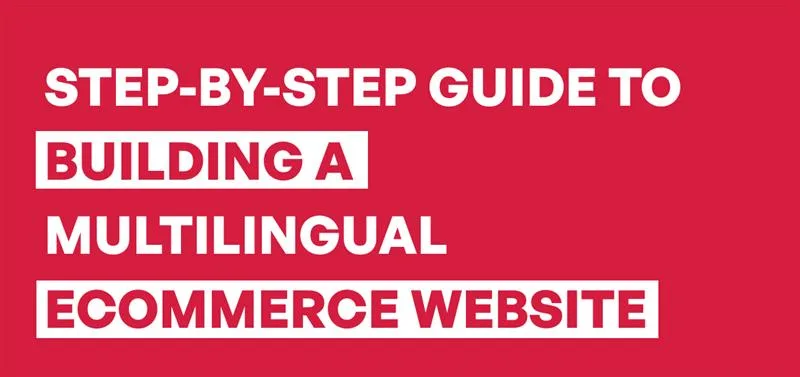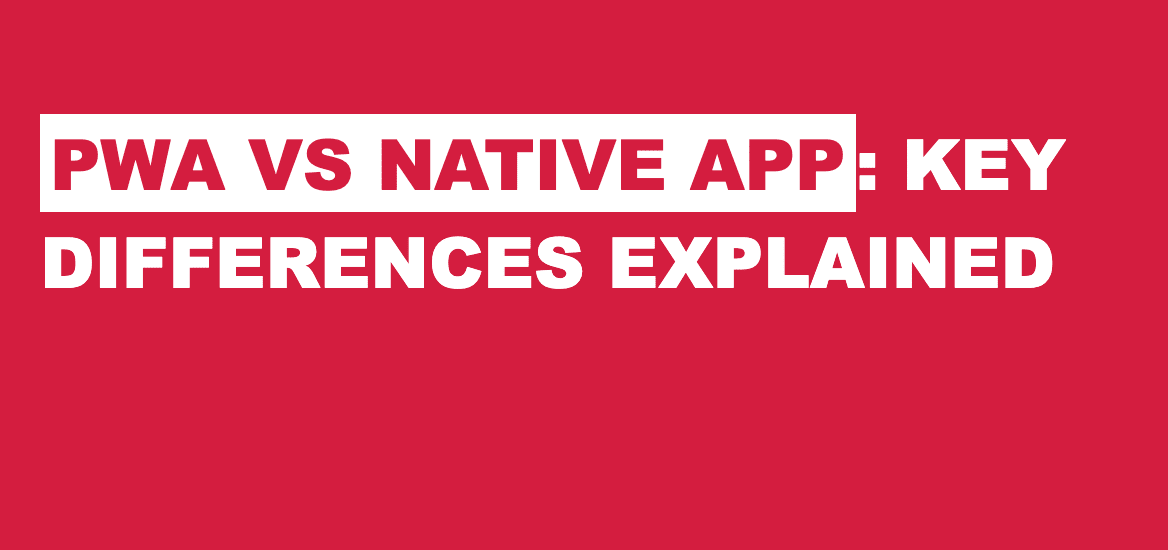Step-by-Step Guide to Building a Multilingual eCommerce Website

When a business or startup expands globally and enters the international market, one of the major challenges it faces is providing multilingual support. Many businesses are looking to grow globally and lack in generating a revenue stream for this reason. Building an online store is not just enough; it is important that it reaches an audience in a broader sense in a user-friendly way. For this, one of the best solutions is to build a multilingual ecommerce website.
Building an online ecommerce store has opened the door of opportunity for businesses to have their limitless expansion. The trend of getting things online has increased, and so the demand to build multilingual ecommerce websites has increased. A business with a multilingual ecommerce website helps its audience easily adapt to the content, which also increases the chances of getting new customers to the business. Let us have a deep understanding of a step-by-step guide to build a multilingual ecommerce website.

What is a Multilingual Website?
A multilingual website states in the word itself, i.e., supporting multiple languages. A multilingual ecommerce website is where users can view the content of the website and browse products or services in their choice of language.
Benefits of Developing a Multilingual Ecommerce Website
For a business to grow globally, multilingual ecommerce offers various benefits. It includes –
- Drive global traffic (SEO): Multilingual support is one of the factors to get better search results. Hence, translating a business into multilingual support can help to gain users globally for the website due to its multilingual support.
- Increase in Revenue: Making products and services supported in multiple languages helps users to understand them in depth. Hence, there are chances to increase more customers as well as generate more revenue.
- Stay Ahead of Competition: A multilingual ecommerce website development helps businesses to stay ahead in the competition. One can stand unique among the competitors that offer content in only one language, especially in the case of an international market.
- Localization: With the experience and knowledge, businesses can adapt to local businesses in their region’s language. It helps to increase the efficiency of the business in new markets.
Step-by-Step: Develop a Multilingual eCommerce Website
Step 1: Market Analysis
Before moving into ecommerce website development, like multilingual ecommerce, one needs to identify the global market. A business needs to do market research, track the website, and determine what customers are inquiring about. Along with this, one needs to consider regulatory requirements as per the country or region, details about shipping, as well as customer support for the particular region.
Step 2: Selecting an Ecommerce Platform
With ecommerce website development services, choose an ecommerce platform that supports multilingual capabilities. With Shopify development services, it supports multiple languages with its plugins, like WPML and TranslatePress. Magento has great multilingual capabilities that are good for business at the enterprise level. Hence, one needs to select the right platform for multilingual ecommerce website development based on the business size, customization level, etc.
Step 3: Planning Website Structure
Generally, there are three structures for ecommerce development for a multilingual website. It has separate domains (example.fr), subdomains (fr.example.com), and subdirectories (example.com/fr). Each of them has its pros and cons, and in terms of SEO, it is preferred for easier tracking and gaining a good domain authority. One needs to make sure to add hreflang tags to the website to avoid duplication of the content.
Step 4: Translation Plugin or Tool
For a business to support this feature, high-quality translation is a must. There are different translation tools available for different platforms. For WordPress, WPML and TranslatePress are popular. Shopify, Weglot, Langify, or Shopify Translate & Adapt are used for translation. These tools help to translate products and services, and also include third-party apps. Depending on the budget, one can choose the right translation tool.
Read More: How Much Does It Cost To Develop an E-commerce Website?
Step 5: Language Configuration
Consider that if a user visits the website, then in that case it should automatically translate the website into the appropriate language based on the visitor’s location. An ecommerce website developer does this by detecting the IP address or browser language. Also, one can add a manual language switcher, which is a plus factor where different languages are spoken in multiple countries.
Step 6: Multilingual Checkout Experience
Checkout is one of the most important parts of the customer journey to purchase products or services. There should be a proper checkout process. It should also translate with taxes, shipping rates, confirmation emails, etc. Also offer localized payment support using PayPal, Stripe, or regional e-wallets, etc.
Step 7: Testing & Performance
Before the deployment, one needs to test with the broken language links, missing translations, and test for bugs or errors, if any. For more accurate results and performance, try testing on different devices, browsers, and screens. Ensure that the language switchers work flawlessly with all pages.
Step 8: Performance Monitoring
Once done with the ecommerce website development for multilingual ecommerce, monitor the site performance using an analytics tool. The Google Analytics tool helps to analyze the behavior of users, events, and conversions. Performing with A/B testing helps in optimizing for different opportunities.
Case Study: Multilingual Ecommerce Websites
The following are examples of businesses that support multilingual ecommerce.
- Amazon: Amazon is a big ecommerce platform that provides its services to different countries. The website supports a multilingual option that can be translated into the specific language of the user’s country of origin. For example, amazon.jp is for Japan, and amazon.de is for Germany. It also translates with the checkout process, its content, and even the confirmation emails.
- Apple: Apple is an American multinational corporation and technology company that has its presence in over 130 countries. Hence, the Apple website also supports multilingual ecommerce. With its website or app, it automatically detects the location of the user and converts the content and overall website into the preferred language.
Build Your Ecommerce App!

Conclusion
Whether a business or an entrepreneur, to grow globally, it needs a multilingual ecommerce. But hiring the right ecommerce website development company can offer complete ecommerce solutions with multilingual support. Building a multilingual ecommerce website enhances customer trust, new opportunities to generate revenue as well, and makes the brand visible globally. The above shows the step-by-step guide to developing a multilingual ecommerce website or app. Also, how it benefits the business and opens up more opportunities across the globe.
Frequently Asked Questions
For a business multilingual eCommerce website helps to reach customers across different countries, making the brand storeworthy and user-friendly. People from different countries and languages can understand the product details, shipping info, and pricing.
The best platform to build a multilingual ecommerce website depends on the business’s target audience and the budget. Still, some of the platforms are –
- Shopify – Langify and Weglot
- WooCommerce – WPML or TranslatePress
- For enterprise-level growth, Magento
To translate product pages and content efficiently, one can use the translation plugin that supports the ecommerce platform. For WordPress/WooCommerce, WPML or TranslatePress lets you manage translations directly in your dashboard. Shopify users can use Weglot or Shopify Translate & Adapt
One can use AI tools like Google Translate or Weglot to get started with translating large content. However, for the safer side, human translators provide more accurate, natural, and trustworthy translations. In such a case, one can draft using AI and then edit it later, creating a combination of both
To optimize a multilingual store for SEO, make use of hreflang tags to tell search engines which language version to show. URL needs to be clean and contain language-specific keywords. Make use of a language switcher that allows search engines to crawl it.
No, you don’t need separate domains or subdirectories for each language. One can use subdirectories like for example, yourwebsite.com/fr, which also becomes easier for SEO to manage. Subdomains also work, but they are separate domains for the search engines.

















